In 1971, the conceptual artist Françoise Sullivan (b. 1923) was living in Rome with her four sons, and she often visited museums while the children were in school. One day, at the Galleria Nazionale, she happened upon one of the several paintings entitled Portrait of a Young Man by Lorenzo Lotto (1480–1556). In it a youth faces the viewer with an open gaze, his shoulder-length hair framing his face. Sullivan was moved by the painting, though she didn’t immediately know why. At the museum gift shop, she found a postcard of the painting and bought it.
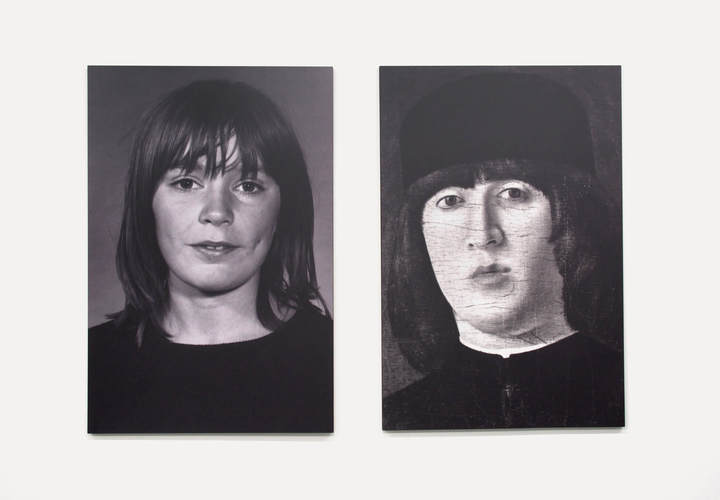
Françoise Sullivan, Portraits of People Who Resemble One Another (Portraits de personnes qui se ressemblent), 1971 (printed 2003)
Two digital black and white prints mounted on wood panels, each: 152.4 x 101.6 cm, collection of the artist
When her sons returned home that afternoon, the youngest, Francis, showed his mother his school photograph, taken that same day. Sullivan was struck by how much her son resembled Lotto’s youthful subject in spite of the some four hundred years that separated them. Francis too faced the viewer with a calm and open gaze, and he too sported shoulder-length hair, his bangs covering his forehead, as those of Canadian boys often did in the 1970s.
The resulting work juxtaposes the two images Sullivan encountered that day, pasted on a rectangular piece of cardboard. The idea was a simple one, nodding to the tradition of the readymade. But she felt it was also a powerful one, one that managed to illustrate in a sharp and concise way the recurrence of images, styles, and ideas over time.
This Spotlight is excerpted from Françoise Sullivan: Life & Work by Annie Gérin.
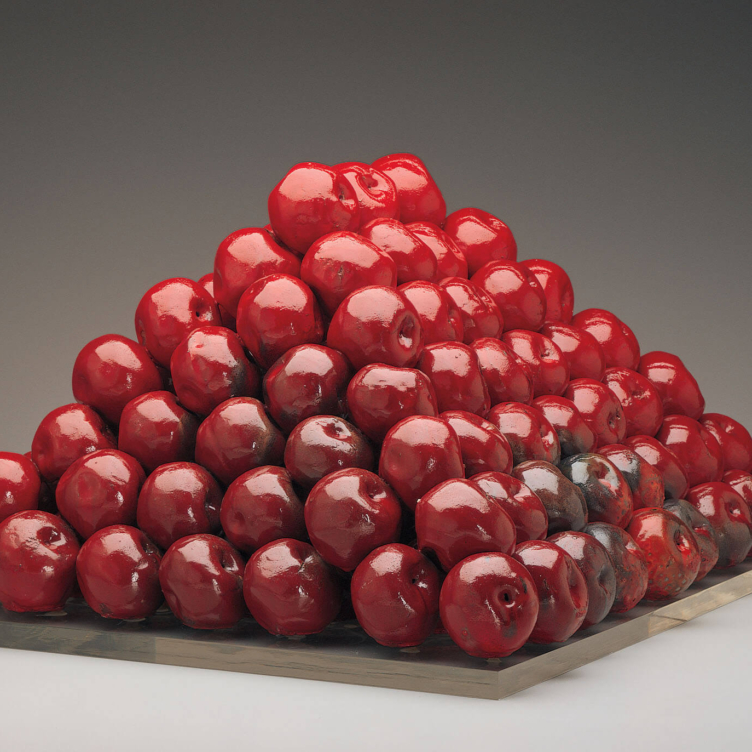 Pyramid Scheme
Pyramid Scheme
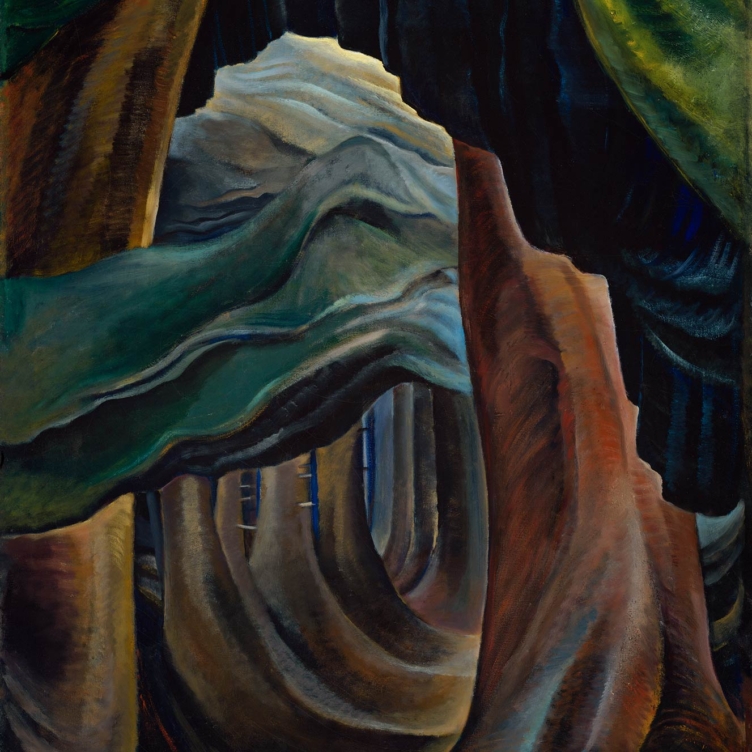 Transportive Trunks
Transportive Trunks
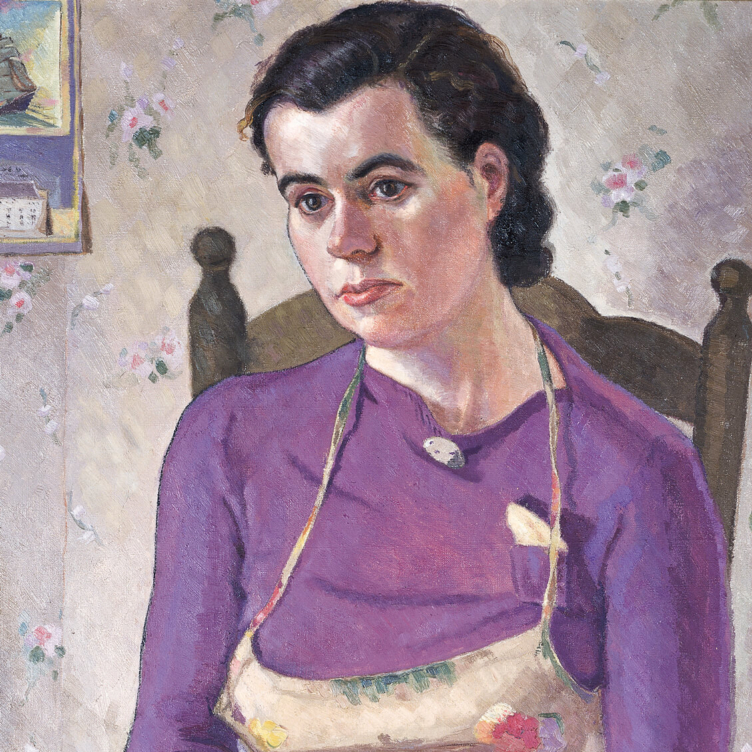 The Military Mate
The Military Mate
 Looking Up on the World
Looking Up on the World
 Vessel of Despair
Vessel of Despair
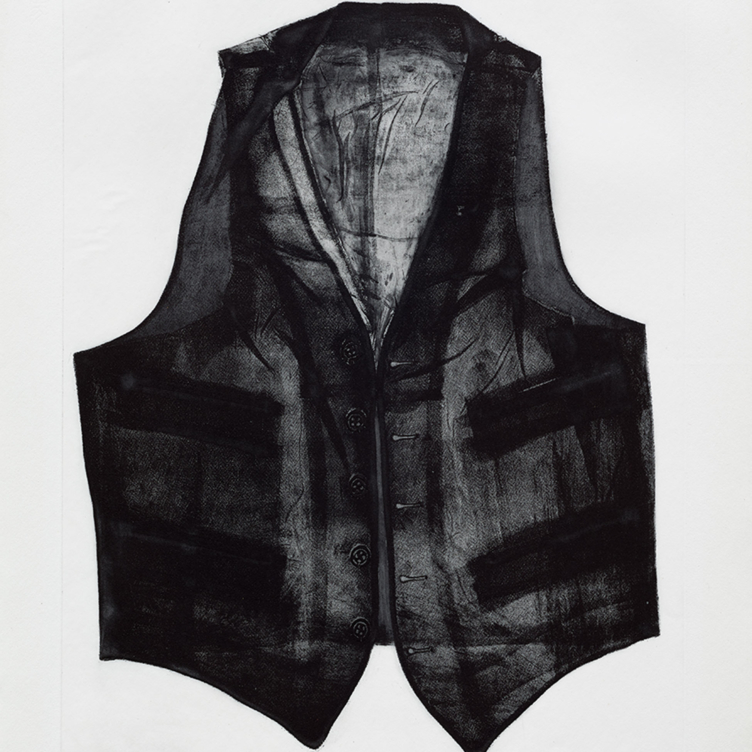 Layers of Meaning
Layers of Meaning
 In Parallel to Nature
In Parallel to Nature
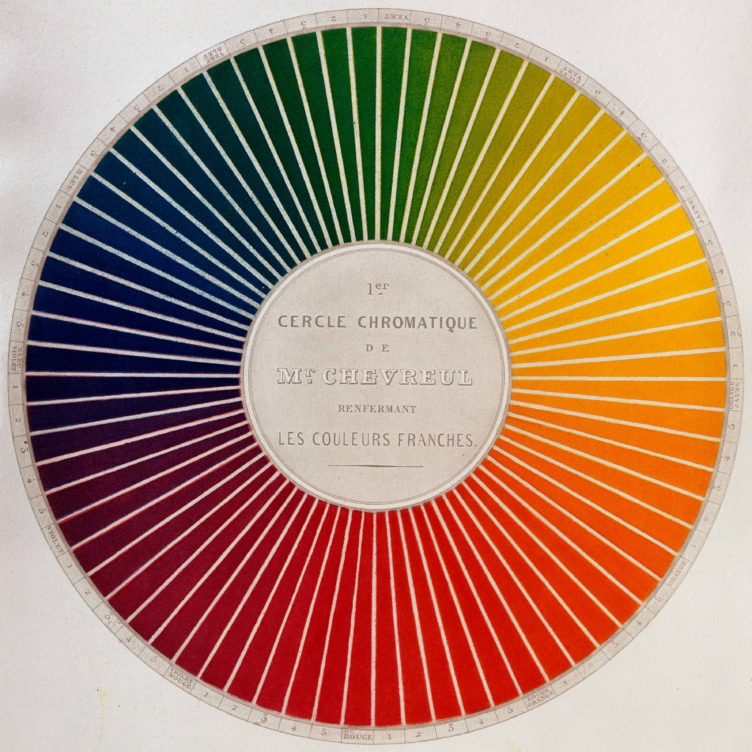 Wheel of Fortune
Wheel of Fortune
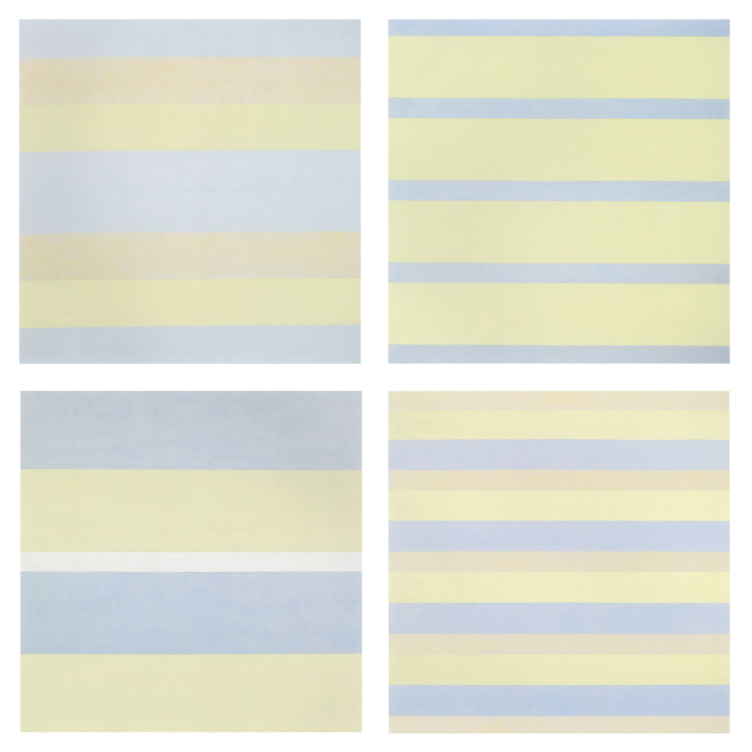 Paintings after emotional states
Paintings after emotional states
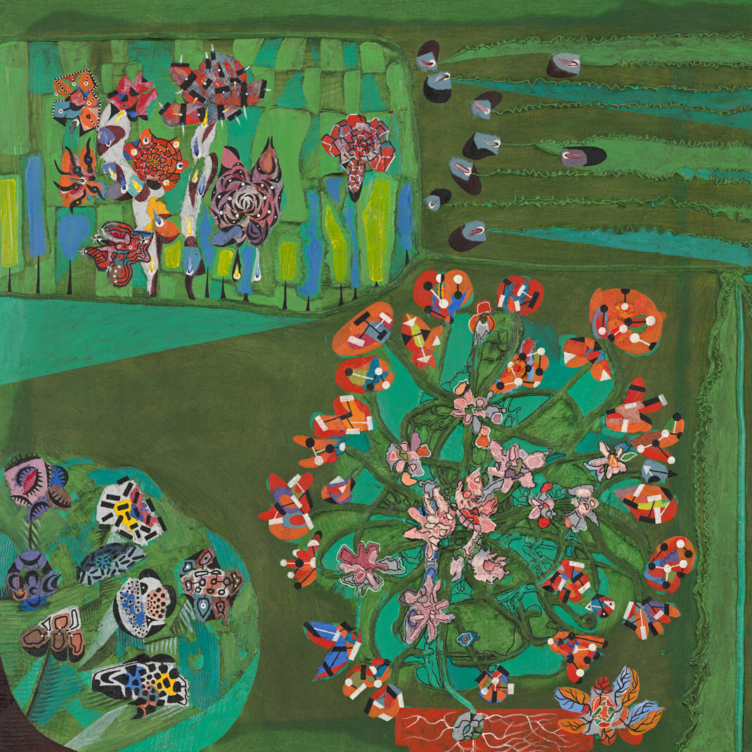 Garden of Delight
Garden of Delight
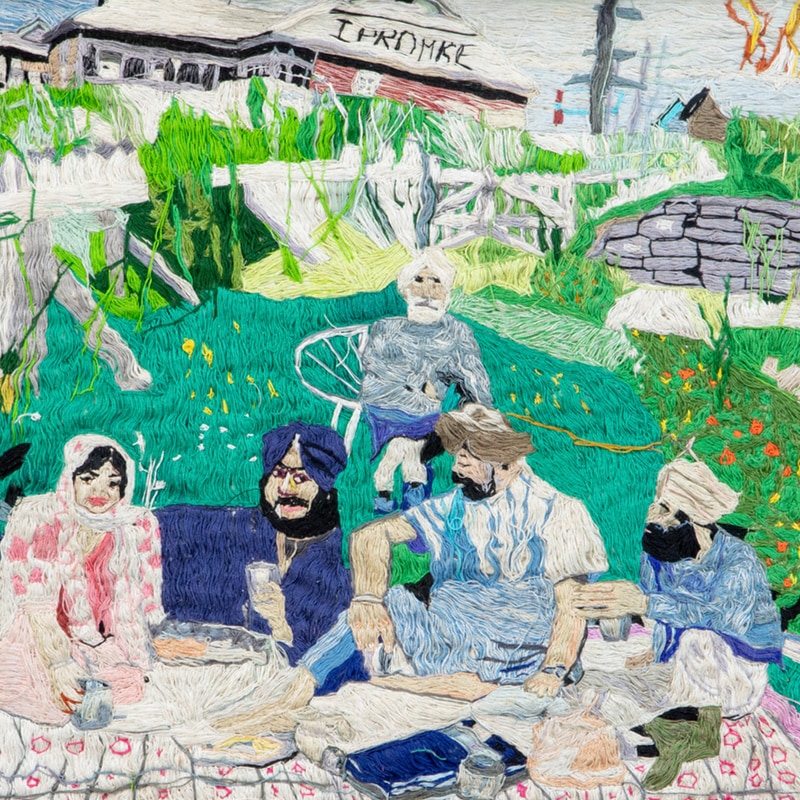 Stitching the Archives
Stitching the Archives
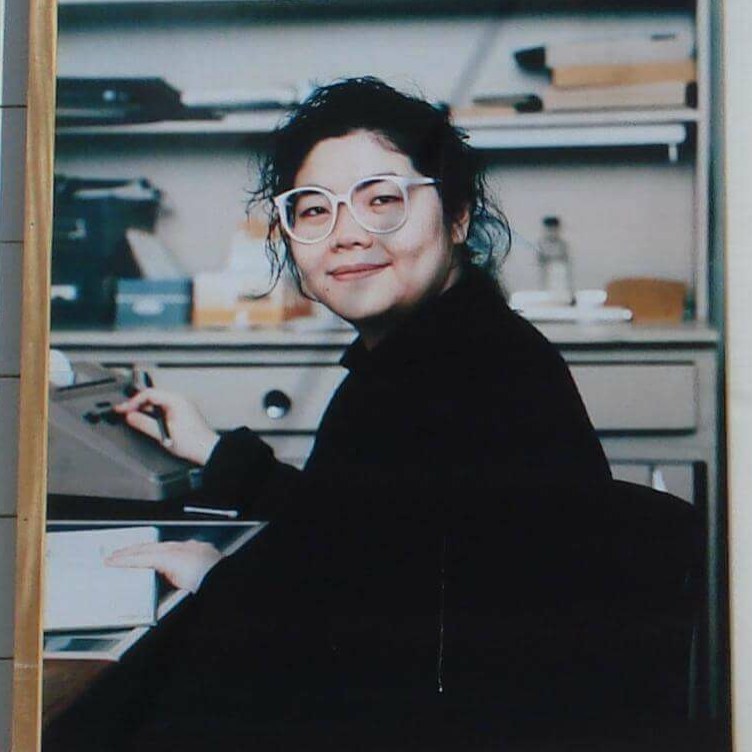 A Working-Class Hero
A Working-Class Hero
 Imagining Entangled Futures
Imagining Entangled Futures
 Bridging Far and Near
Bridging Far and Near
 Soft Power
Soft Power
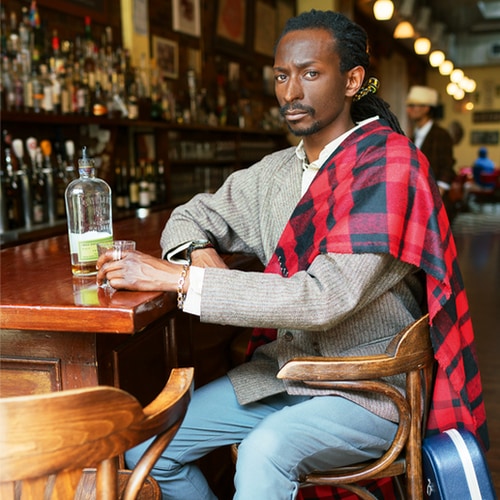 Imagining Emancipation
Imagining Emancipation
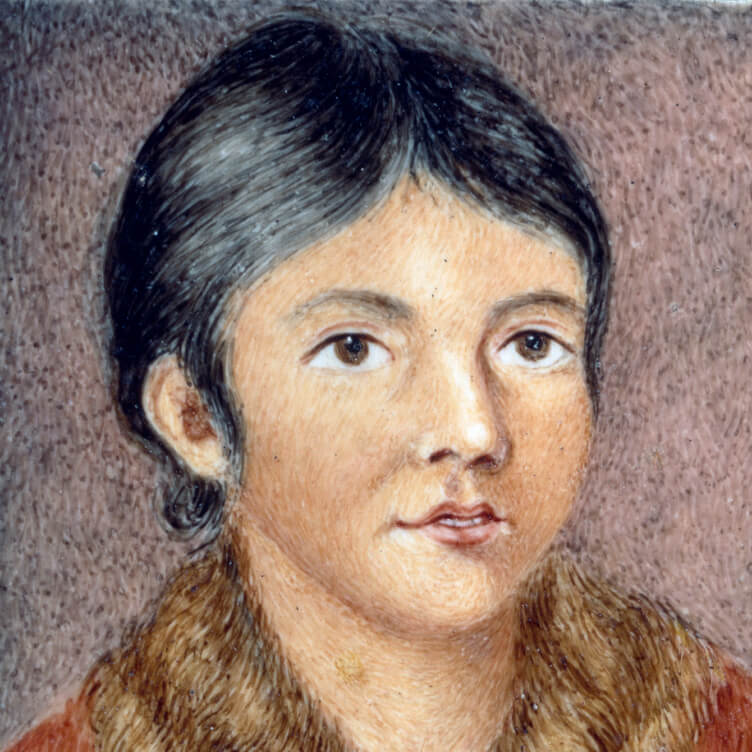 A Priceless Portrait
A Priceless Portrait
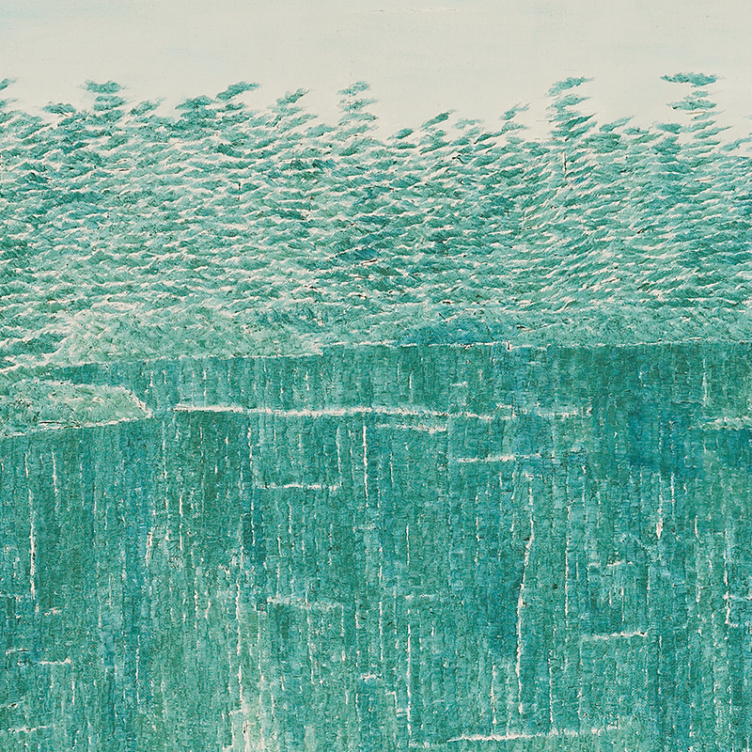 Meditation in Monochrome
Meditation in Monochrome
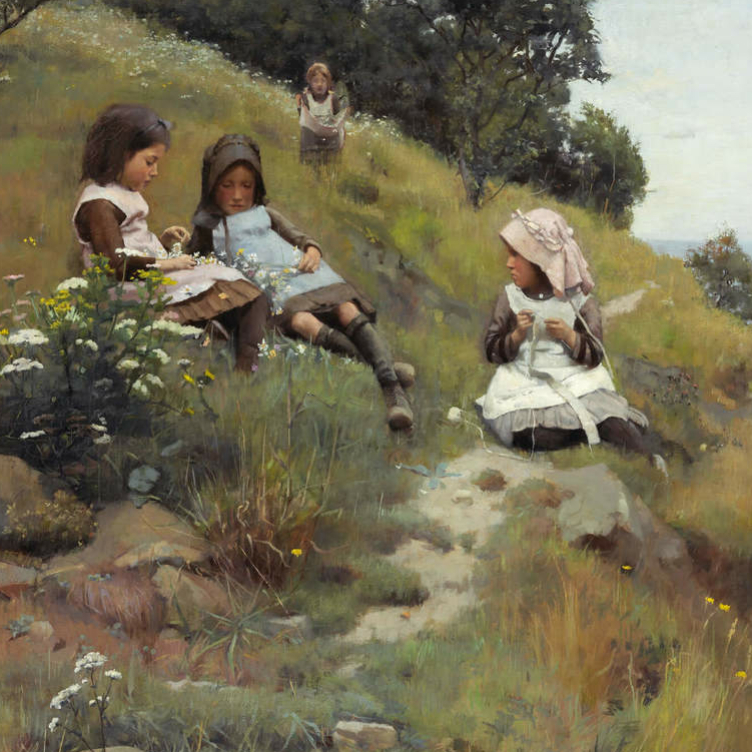 Making His Mark
Making His Mark
 Honour and Sacrifice
Honour and Sacrifice